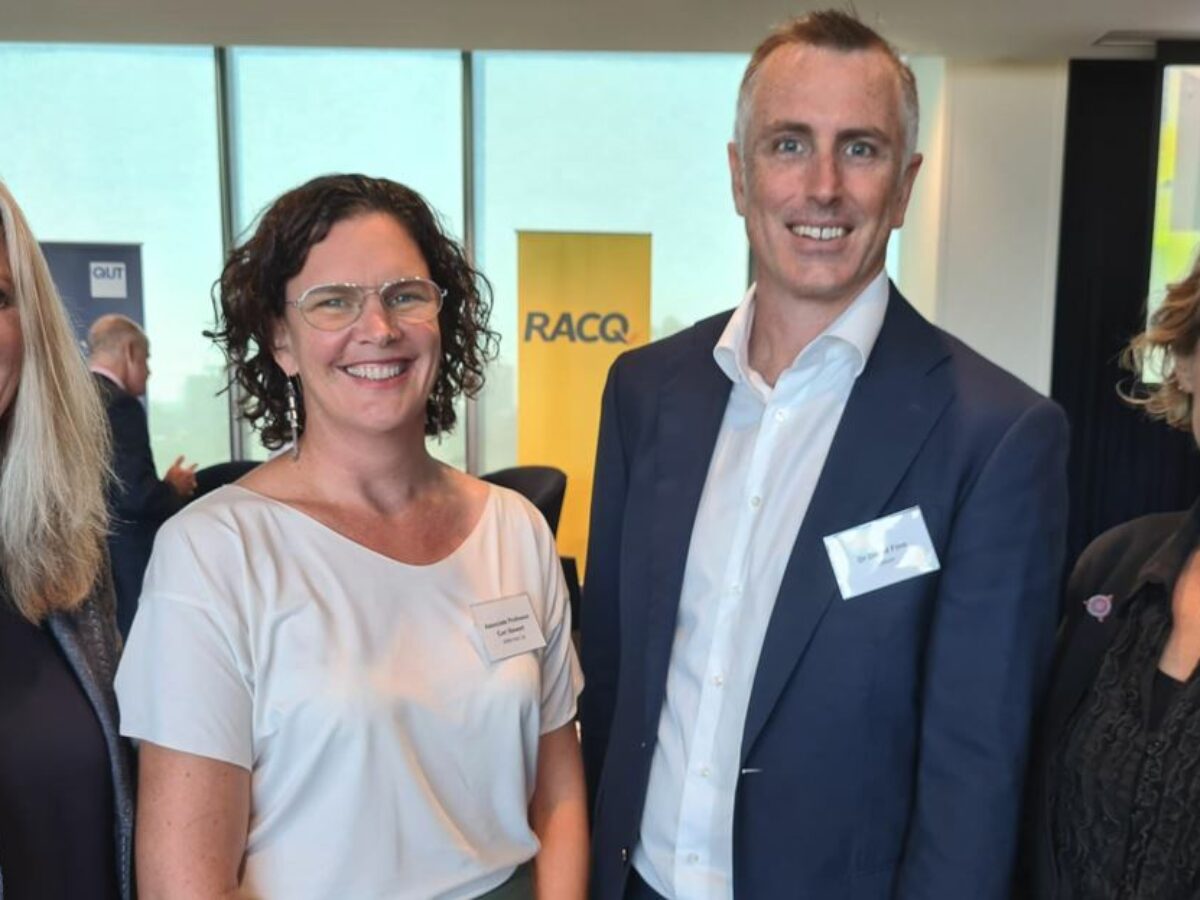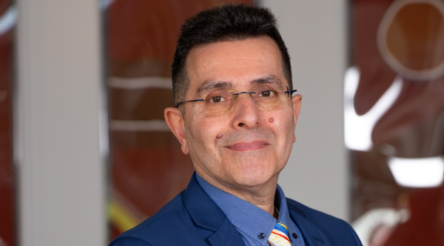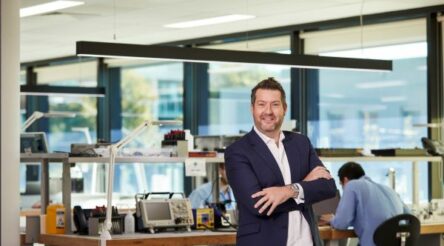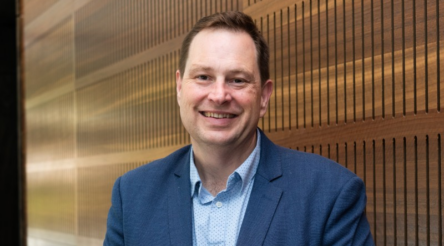Toward a competitive Queensland industrial ecosystem – by Cori Stewart

Robotics, AI and design for manufacture industry hub ARM Hub CEO Associate Professor Cori Stewart presented at the inaugural RACQ Electric Transport Industry Transformation Forum in Brisbane recently. Dr Stewart was asked what an advanced electric transport ecosystem looks like.
Queensland needs deeper manufacturing capability to capture global market electric vehicle opportunities.
Can Queensland be a national leader in the emerging global EV ecosystem?
If this is to be possible, we must widen our research and development focus from new-to-the-world innovations (like our excellent lithium-ion battery breakthroughs) to consider other kinds of essential industrial innovation to build jobs and the economy.
Australia has spent decades hollowing out our industrial capability, manufacturing fell from 30 percent of GDP in the 1960s and 70’s to being a stubbornly low six percent today.
In a nutshell: mass manufacturing was unable to be globally competitive during our extended commodity boom except for some high-value products in niche export markets.
So, manufacturing growth plans demand wily, ear-to-the-ground strategies and a clear focus about what we are best at, and how we can sustainably compete in a fragmented and competitive global market.
Part of the strategy is to have companies ready to scale and grow with emerging market opportunities.
And do to this you need a strong industrial ecosystem with tech capability and market insights, so we can even identify the opportunities in the first place.
Government support
In our favour is governments investing in sovereign manufacturing capability and building Queensland and Australia’s manufacturing exports and supply chains. This is in conjunction with a commitment to decarbonise the economy.
Both State and Australian governments, for instance, are creating battery strategies in their industry development portfolios.
The Australian Government is also co-investing with industry through its $15 billion National Reconstruction Fund.
Research and development
Australia is a world leader in research, however, it ranks as one of the worst developed nations for translating research into commercial outcomes.
The Harvard Economic Complexity Index, which measures the diversity and research intensity of our exports, has Australia dropping from 55th out of 133 countries in the 1990s to 87th.
Our exports illustrate that lack of value-add we create through manufacturing, and more the dig-and-ship approach we take to our natural resources.
In real terms, public and private sector investment in research is a shrinking portion of our now small high-value export industries.
We don’t have the settings right yet for a thriving industrial ecosystem. Some have even called our low investment levels in R&D a systems failure in Australia, not just a market failure.
Triple partnerships model
The triple helix partnerships model remains the trusted foundation for growing a market – joining up industry, universities, and government around shared goals.
Queensland must invest more in its manufacturing capability to have the ability to respond to global market opportunities.
We cannot create the global market for EV, but we can be ready to respond to it.
Innovation is critical to Queensland’s electric vehicle ambitions, but why new-to-the-world innovation?
Global expert on industrial economies and innovation-led inclusive and sustainable growth, Mariana Mazzucato, identified ‘markets built in partnership through the efforts of business, labour, government are still the best mechanism we have to efficiently and effectively direct resources’.
An industrial innovation ecosystem should include university-led research and development in all its stages of development.
Yet we tend to narrow our innovation focus to scientific discovery and new-to-the-world inventions, when in fact, there are at least three other stages of innovation to consider.
Furthermore, countries across the world are focussing on sovereign manufacturing capability, after COVID-19, the war on Ukraine, and natural disasters.
There are many cases where we need to be learning from, that should stop us from throwing good money after bad. We rarely now, for instance, suggest that a regional industrial ecosystem should mimic the likes of Silicon Valley.
The wise question is what are we uniquely best at? And how do we fit within the existing complex fragmented and competitive global industrial ecosystems?
Here I draw on the work of Dan Breznitz’s book Innovation in Real Places. He named the four stages that we can use to unpack a future for electric vehicles here in Queensland:
Invention: This is the initial stage where a new technology or idea is created. This stage is often characterized by high levels of experimentation and uncertainty.
It is a research and invention phase supported extensively by communities of academic researchers. We do have capability in this domain.
For electric vehicles we have research facilities at major universities as well as linked facilities such as the National Battery Testing Centre at Banyo in Brisbane.
Commercialisation: Once an idea or technology has been invented, the next stage is to bring it to market. One avenue for commercialisation is through start-ups supported by a healthy ecosystem of ideas, talent, capital, sound regulation, customers, networking, and government support.
China and America are the leaders in electric vehicles with major investments from the world’s largest tech companies, such as Google, Alibaba, and Tencent.
The International Energy Agency (IEA) noted that China accounted for half of the growth of the electric vehicle market in 2021, and that 70 percent of global battery production capacity announced for the period to 2030 is in China.
While Queensland cannot compete with these centres, my questions is what relationships do we want or need with these centres?
Diffusion: In this stage, the new technology or idea is adopted by a broader range of users. This may involve making the technology more affordable, easier to use or developing new applications for it.
This requires significant resources and expertise in areas such as manufacturing, marketing, and distribution.
It is the domain of large and small businesses and can include spin outs and scale-ups as products are tailored for new markets. This stage in the industrial ecosystem requires high-skilled labour and competitive worker conditions.
Taiwanese companies specialise in this stage in ITC, for example. There are almost no electronic products that don’t come from Taiwan. Germany is famous for this stage of innovation, making products like Miele, BMW and Porsche.
And investing strongly in the translation of new ideas and intellectual property into its heavily researched, refined production processes making them market leaders in the world.
To generate this value-add requires research and development and highly skilled workers often drawn from talent operating at the invention phase.
Queensland has some capability here and would be served well to build manufacturing capability in high-value segments of electric vehicle production.
We have Tritium, a multi-billion DC fast charger company, founded and headquartered in Brisbane. We also have the largest vehicle manufacturer in Australia with Volvo and other bus, caravan, military, and aquatic vehicle production companies.
However, our local industry urgently needs more skilled workers and more leading research and development integrated into their operations.
Diffusion is area in which I operate at ARM Hub.
In addition to the need for agility in responding to a market opportunity, it raises the important dimension of long-term planning and investment in platforms that support our industrial ecosystem. This enables us to be ready to harness the bigger economic opportunities when they come.
It can take ten years to build highly competitive advanced manufacturing capability, especially if intellectual property is being imported.
It requires businesses to retool or build tools, to attract and train a workforce, secure stable working conditions, and develop long-term commercial contracts often in partnership with governments and international businesses.
You also need highly competitive innovation and university research and development that can keep these businesses at the forefront of innovation globally.
Standardisation: Finally, the new technology or idea may become standardised, meaning that it becomes the accepted norm or standard way of doing things.
It is marked by well-established and skilled mass manufacturing capability and large levels of employment. This is an important area of innovation as it is often makes the largest economic impact in regional economies across the globe.
At this stage of innovation each component of the business is optimised, from finance, procurement, production, commercialisation, to workforce development.
It takes incredible levels of ongoing innovation to be at the forefront of a competitive mass manufacturing business in the global marketplace. It is what China and India have been committed to for decades.
Australia rarely competes in this stage of the industrial innovation ecosystem.
We need to be thinking globally, have a mind to where we can play in the emerging global industrial ecosystem for electric vehicles, be ready to act when the opportunity is clear, and have long-term investments in our industrial innovation ecosystem so that our best opportunities can be identified and put into action.
Associate Professor Cori Stewart is a strategic leader who co-innovates with industry, government, research institutions and the community. She has held senior appointments across many of these sectors where she has specialised in building complex cross-sector partnerships, raising funds, and overseeing portfolios of programs and projects. Cori is currently the Bid Developer for the Advanced Robotics for Manufacturing Hub (ARM Hub) and Associate Professor in Creative Industries at QUT.
Image: (l-r) Leona Murphy from RACQ, Associate Professor Cori Stewart from ARM Hub, Dr David Finn from Tritium, Professor Sarah Pearson from RACQ at the Electric Transport Industry Transformation Forum in Brisbane
@aumanufacturing Sections
Analysis and Commentary Awards Defence Manufacturing News Podcast Technology Videos










